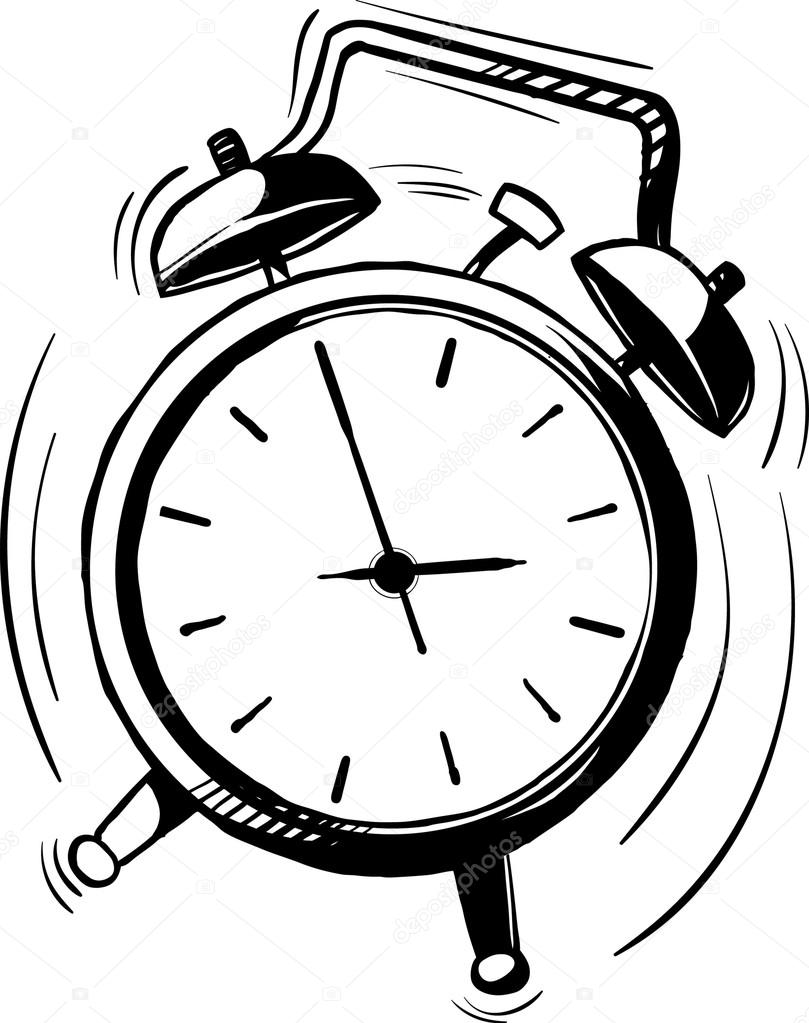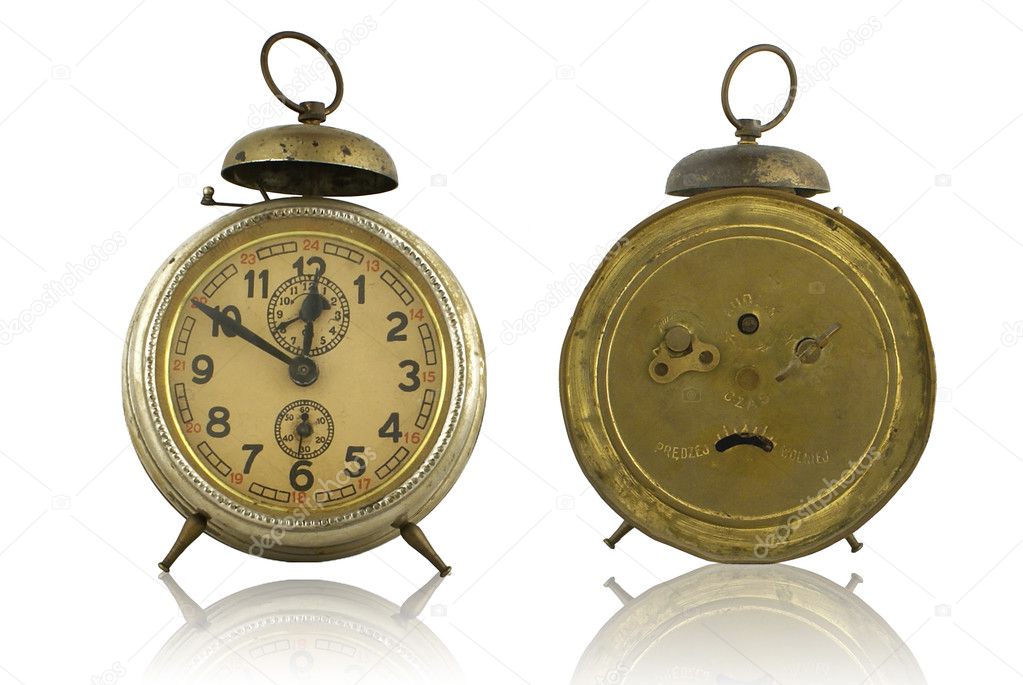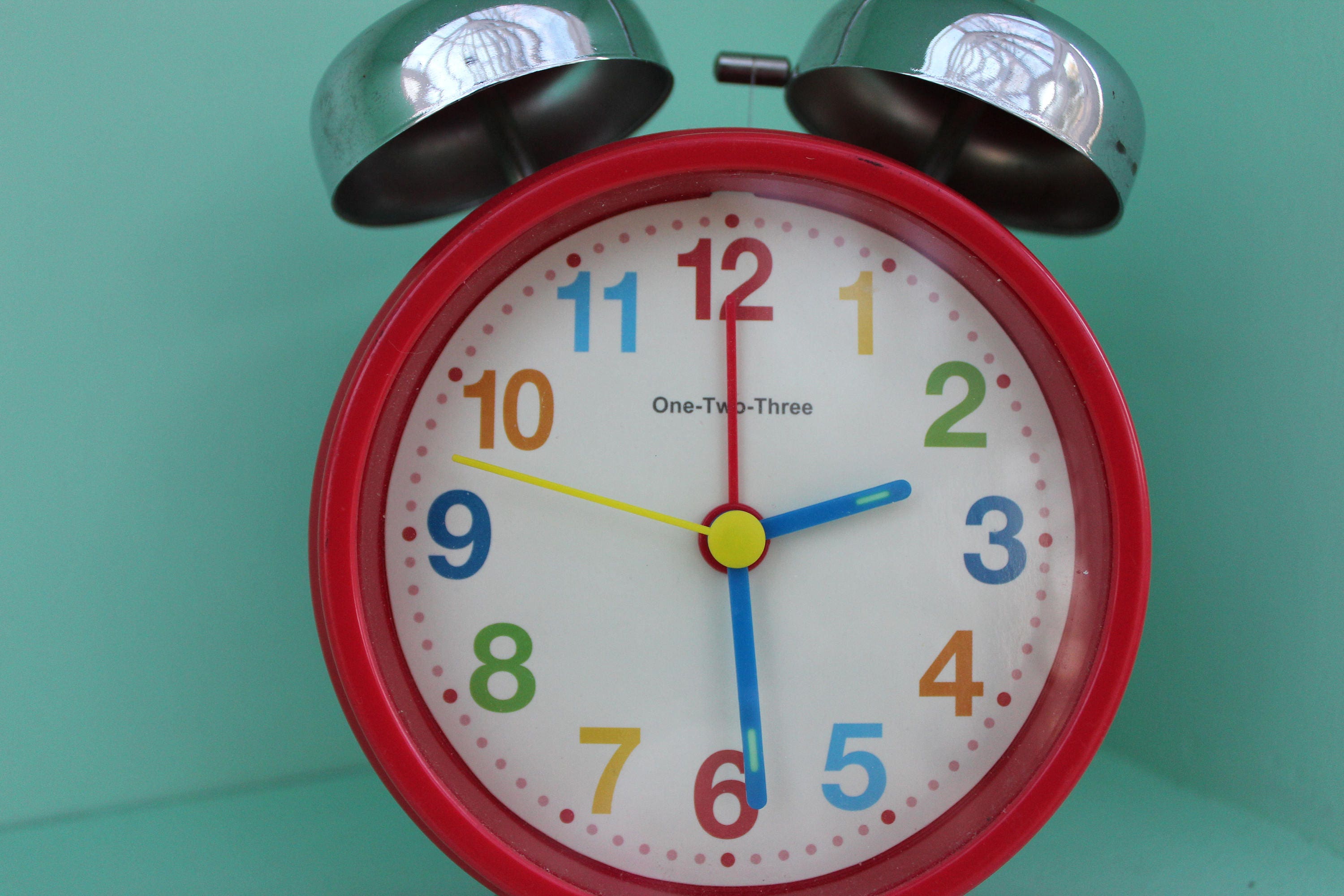

Some of the most significant styles of antique wall clocks include French cartel clocks, cuckoo clocks, tavern clocks, Grafton wall clocks, banjo clocks, wag-on-the-wall clocks, and mirror clocks.Product description Package List 1 x Wall Clock Features LIVING ROOM HANGING CLOCK- noble and elegant style for your home. ANTIQUE WALL CLOCKS- Very practical novelty, gift choice for your family members, friends and others. VINTAGE CLOCK FOR BAR- High precision movement provides accurate time keeping. Antique 12" round dial fusee wall clock by Barrett, London. The latest in high tech clocks is the internetĪlarm clock, which can also be used as a countdown timer or a stopwatch.Clocks vintage. Ring and then at the set time this clock would pull hard on the loop to awake Eight seconds before the set time, an alarm would When you went toīed, you would place a loop around your toe and the alarm clock would be bolted This novel alarm clock would wake you by pulling your toe. Many interesting alarm clocks have been made over the years. Were sold in 1959 and could be set for five (5) or ten (10) minutes snooze time. The first Westclox Drowse (snooze) electric alarms General Electric-Telechron first marketed a snooze alarm inġ956. This clock's alarm flashesĪ light on and off, then a buzzer sounds. The Westclox Moonbeam was introduced in 1949. This clock was advertised with the slogan “First he whispers, then he shouts.” Westclox introduced the Chime Alarm in 1931.

The predecessor of Westclox was founded in 1885 with an improved method In the late 1870's, smallĪlarm clocks became popular, and the major US clock companies started making them, followed by the German clock companies. This may have been the firstĬlock of this type, or perhaps other makers were working on this idea at the same time. Seth Thomas Clock Company was granted a patent in 1876 for a small bedside alarm clock (small compared to an American wooden-cased shelf clock). With stationary alarm hand and setting knob. Movement closer to square for better fit in a smaller round case, switching to rear wind, and adding alarm trip wheel (Remaining steps in the alarm clock movement evolution include making the In this Ansonia movement, the alarm is now an integral part of the movement. Setting the Stage for the American "Tin Can" Alarm clock Some of the American wooden works shelf clocks of the 1820's - 30's have alarms, as do many brass movement Simon Willard of Grafton, Massachusetts, made alarm time timepieces sometimes called “lighthouse clocks” His alarm clock is predated by the German and English ones Stated that Levi Hutchins of Concord, New Hampshire invented the first alarmĬlock in 1787.

No doubt carried the idea of the alarm clock with them. 1690 is documented, as is a 30 hour hanging timepiece alarm by Joseph Knibb.Įnglish clockmakers emigrated to the United States in the 18th century and 1620 that has an alarm set disc on front of the dial. The book Early English Clocks by Dawson, Drover and Parkes, Antique Collectors Club, 1982, documents See TheĬlockwork Universe, German Clocks and Automata 1550 - 1650, Maurice and Mayr, 1980, Smithsonian, Neale Watson Alarm clocks from the 1500s are in existence. Wall to make room for the driving weights to fall. This clock is 19 inches tall with open framework construction. The oldest alarm clock I found referenced is a German iron wall clock with a bronze bell, probably made in Nuremberg 80), and it is likely that the alarm was available very early on. Mechanical clocks for the home might have been made as early as the 13th century (see Revolution in Time by David S. The alarm may ring until the weight or spring runs down, or there may be a shut-off switch. A lever falls into the notch, releasing a gear train that drives a hammer There is often a notched cam rotating every 12 or 24 hours. The alarm attachment to a clock is a simple concept. Alarm Clock History History of the Alarm Clock


 0 kommentar(er)
0 kommentar(er)
